African Power in Deccan Sultanate - Malik Ambar
Written by : Amita Roy
Dated: April 24,2018
Share
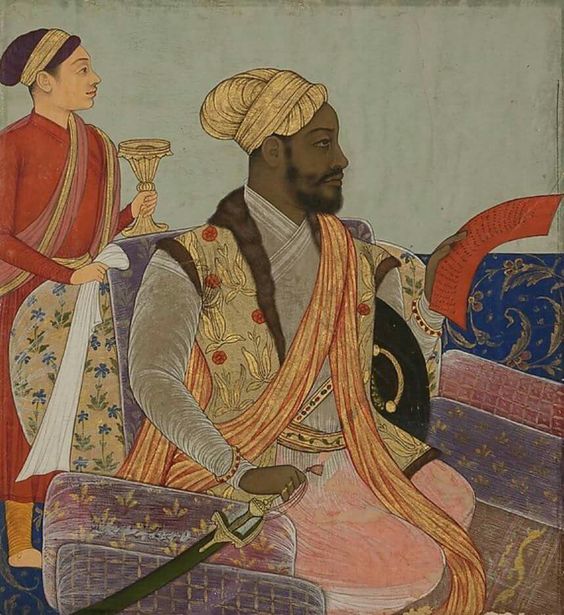
Malik Ambar, ca 1605-10 by an unknown Deccani artist / Wikimedia
Malik Ambar (1549-1626) was a military General and Prime Minister of the Deccan Sultanate from Ahmadnagar in India. Born in Ethiopia where he came from, he spent his life from slave status to that of Prime Minister and Regent, resisted successful attempts of invasion from the Mughal Empire, one of the most powerful of the world at the time.
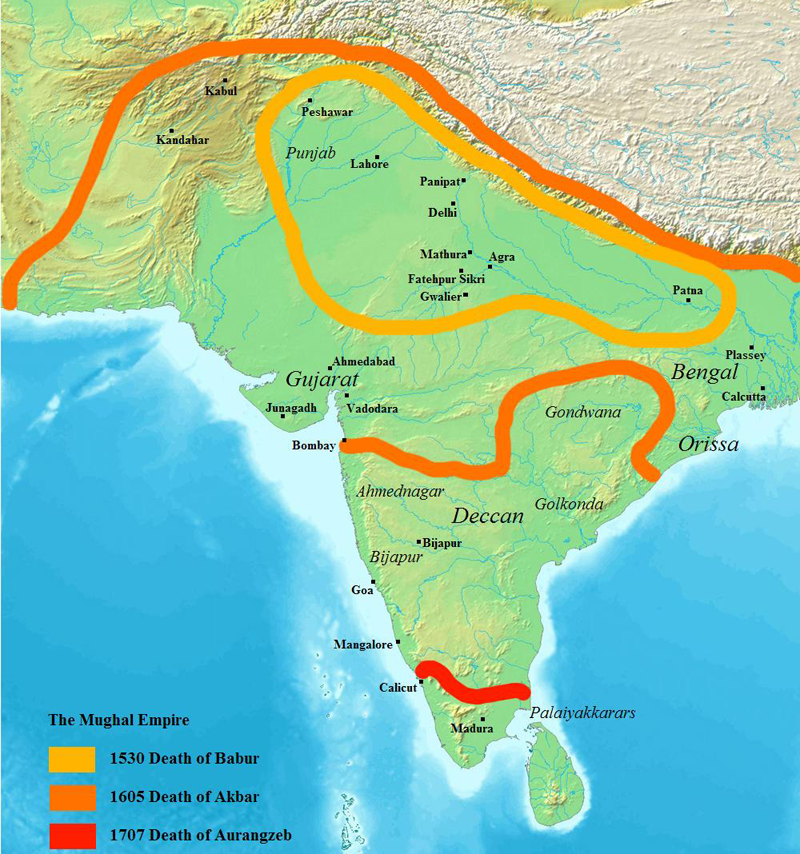
Map of the Mughal Empire, with Ahmadnagar in the southwest /Wikimedia
Born in a Muslim region of Ethiopia around half of the 16th century century, Malik Ambar was ceded by his parents as a slave to Arabs who took him with them to Baghdad. However, his merit was regarded high by his teacher, who offered him an education in Arabic. His master next took him to the center of present-day India where he entered the service of the Prime Minister of Ahmadnagar city, Chengiz Khan, as a slave. After the death of Khan, he was freed by his widow, then left Ahmadnagar and joined the neighboring city of Bijapur, before, around 1595, to return to Ahmadnagar as the head of troops that he puts at the disposal of the forces in the city to face of the invasion of the Mughal empire. Ambar was also known as the ‘military guru of the Marathas’.
Before the power of the troops of Mughals, the Ahmednagar Sultan dynasty gave in around 1600. Malik Ambar proved his military capabilities, his leadership and his cunning side to take political and military power in the sultanate of Ahmadnagar, by offering his daughter, acquired via a marriage with a Siddi woman of African descent, in marriage to the Sultan, then too young to rule. His son-in-law was installed as the new Sultan Murtaza Nizam Shah II and Malik Ambar became the Regent and set about the task of bringing in order to the fallen kingdom of Ahmadnagar.
By 1620, Ambar's army numbered fifty-thousand men; forty thousand Marathas (Hindu warriors) and ten thousand Habshi (fellow Africans). By then he had already installed two young princes to the Nizam’s throne in succession, each time making himself Regent Minister, and, unlike his former master, functioning as de facto ruler.
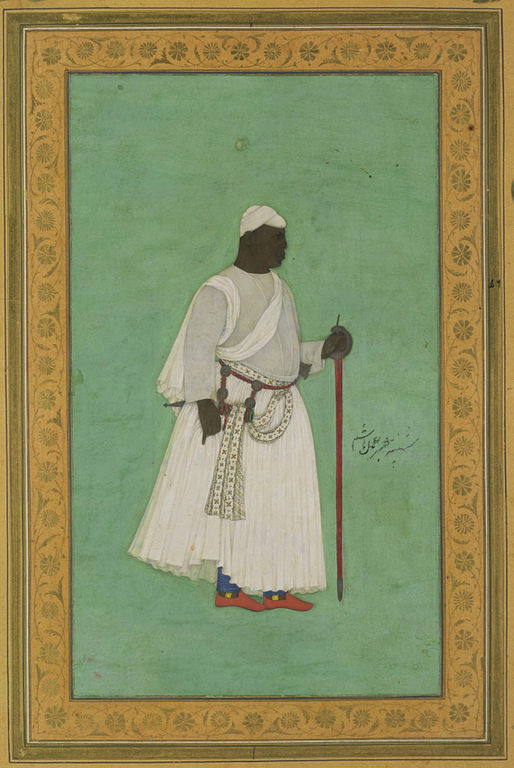
Malik Ambar / Wikimedia
Malik Ambar also got rid of his main rival in Ahmadnagar, Raju Dakhni by defeating him militarily. By his remarkable guerrilla techniques and thanks to a particular army made up of several thousand African blacks, Ambar repeatedly kept checking upon the much more powerful Mughal army, making his rival live. Mughal emperor Jahangir was literally obsessed with Ambar, mentioned him so repeated in his writings with insulting qualifiers. In his Memoirs he referred to Ambar several times, but always in angry, almost abusive terms: "Ambar, that black wretch", "Ambar of dark fate", that "crafty, ill-starred one", and so on. Abul Hasan, a painter of Jahangiri court, paints in a painting like the victim Jahangir slaughters while he walks on the globe, as if to show that he was his only rival in the world, a rival that he never managed to really submit politically or militarily.
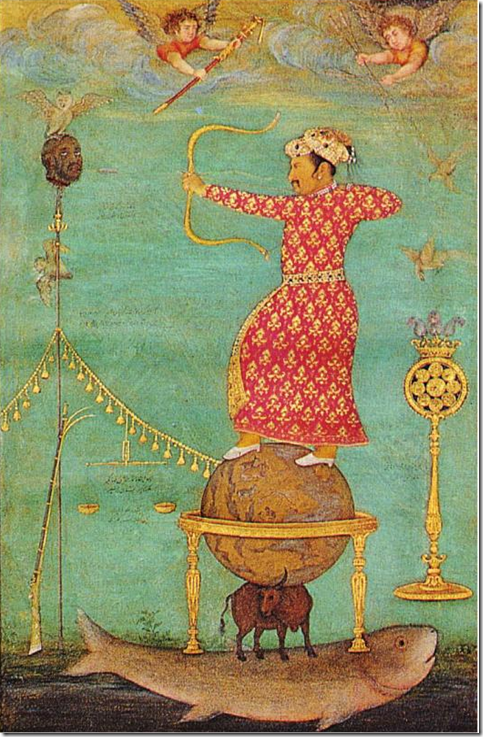
The emperor Jahangir shooting an arrow through the head of Malik Ambar. A 19th century version of the painting by Abu’l Hasan, dated 1616
Ambar died in 1626 and left behind him the memory of a military genius, excellent administrator who had undeniably marked the history of India as one of the great characters, an integration into the story that would make one forget his Negro-African origins among the Indian general public.
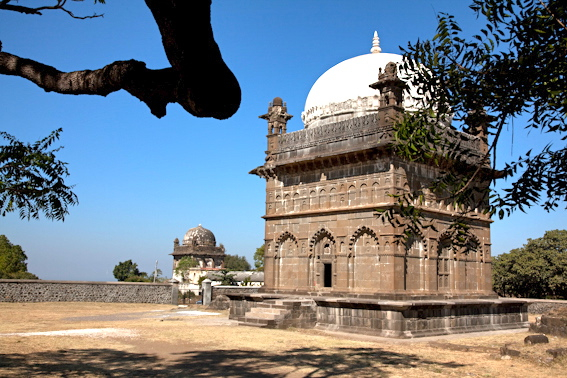
Tomb of Malik Ambar in Khuldabad /Wikimedia
